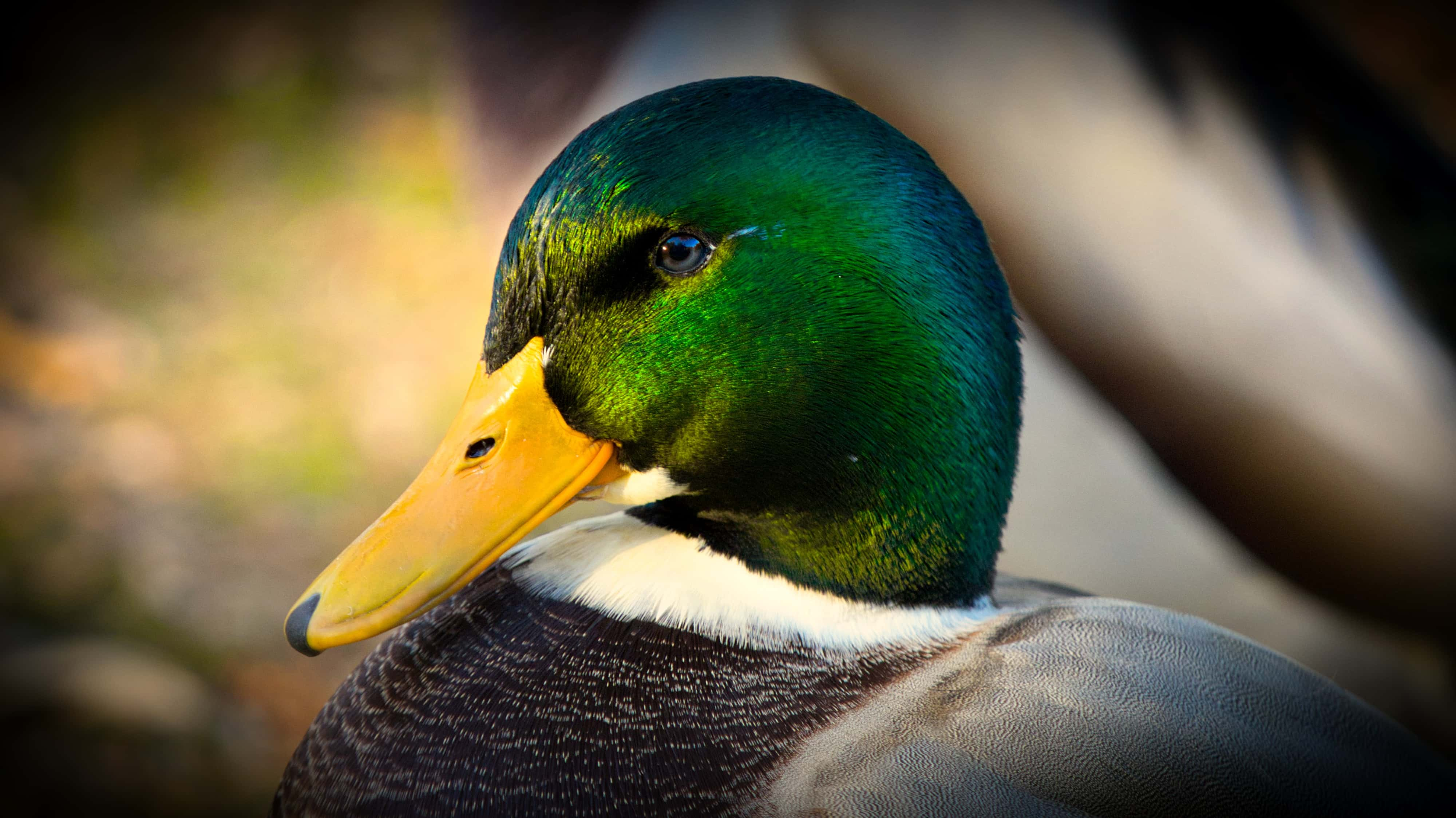
BISMARCK, N.D. (G&F) – The North Dakota Game and Fish Department’s 72nd annual spring breeding duck survey conducted in May showed an index of 3.4 million birds, up 20 percent from last year.
Migratory game bird supervisor Mike Szymanski said the index was the 22nd highest on record and stands 40 percent above the long-term (1948-2018) average.
“Breeding duck numbers generally trend with wetland conditions,” Szymanski said. “The large number of ducks in North Dakota this spring can again be attributed to the large number of ducks that we have been producing for many years.”
Survey results indicate numbers for all primary species were up from their 2018 estimates, including mallards (16 percent), green-winged teal (81 percent) and ruddy ducks (57 percent). All other ducks ranged from 5 (scaup) to 40 percent (pintails) above last year’s numbers. All species, with the exception of pintails and blue-winged teal, were above the 71-year average.
The number of temporary and seasonal wetlands was substantially higher than last year, as figures show the spring water index is up 46 percent. The water index is based on basins with water, and does not necessarily represent the amount of water contained in wetlands or the type of wetlands represented.
“Water conditions ranged from poor to excellent across the state,” Szymanski said. “Excellent wetland conditions in the south and east quickly deteriorated moving into the north central region, but are fair to good in the northwest.”
Szymanski said concerns about habitat remain, as nesting cover in North Dakota continues to decline. “Waterfowl breeding habitats are under extreme pressure, and expiring Conservation Reserve Program contracts and the continual conversion of habitat to other uses can only further reduce waterfowl production in the state,” he added.
The July brood survey provides a better idea of duck production and insight into expectations for this fall, Szymanski said, though hunting success is also influenced by bird movements before and during hunting seasons, and weather patterns during the fall migration.
